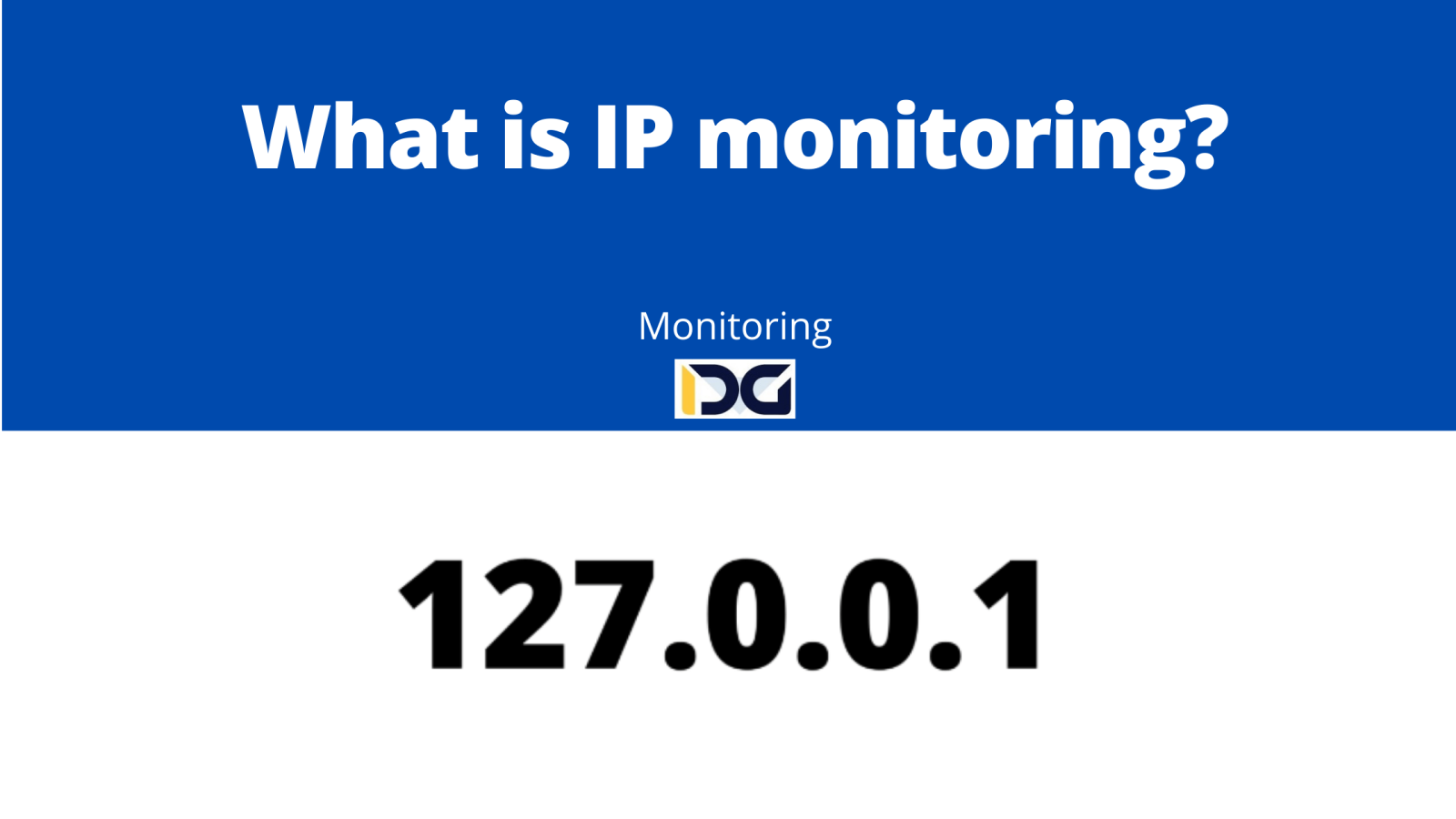
What is IP monitoring?
IP monitoring refers to a surveillance system that utilizes IP cameras connected to an IP recorder through a data transmission cable.
What are the advantages of IP monitoring?
The main advantage of IP technology is the high resolution it offers (up to 16MPx and beyond). IP monitoring provides advanced features such as image analytics, recording on SD cards, and easy system expansion. In IP monitoring systems, specialized IP cameras can be connected to an IP recorder using an existing wireless network (WiFi), providing great flexibility in camera configuration.
IP monitoring systems can be easily expanded and can utilize Power over Ethernet (PoE) switches to power cameras through the data cable, eliminating the need for additional power cables.
Cameras in an IP system often have built-in microphones, allowing audio and video to be transmitted through a single cable.
What are the disadvantages of IP monitoring?
The main limitation of IP CCTV monitoring is the maximum transmission cable length of 100 meters. However, recently, switches with Long Range functionality have been introduced, extending the range to 250 meters at the expense of reduced transmission speed to 10Mbps. Another interesting solution is the ePOE standard developed by Dahua, which provides a range of up to 800 meters at 100Mbps and 1000 meters at 10Mbps.
Open this in UX Builder to add and edit content
